Advertisement
Did Mass Incarceration Begin With The War On Poverty?
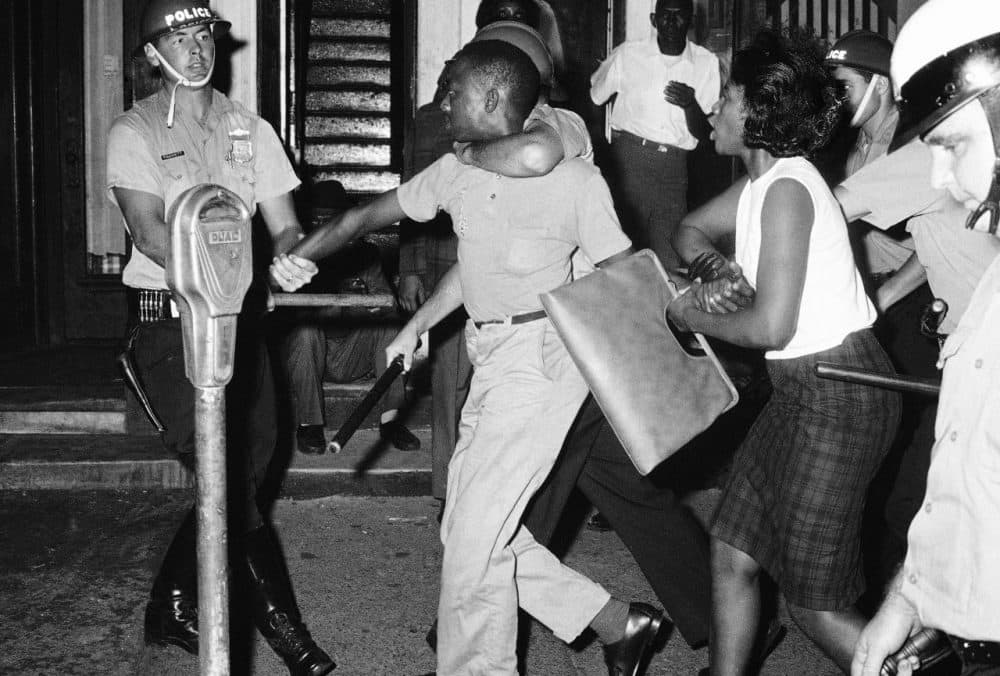
Back in the early 2000s, Elizabeth Hinton started thinking about mass incarceration. But, not because the issue was making headlines or the subject of presidential campaign speeches.
It was because she was visiting a number of family members and loved ones in prison, and she wanted to investigate why so many young African-American men ended up incarcerated.
Hinton, an assistant professor of history and African and African-American studies at Harvard, started researching what appeared to be the dawn of the exploding prison population — the Nixon administration, its war on drugs and expansion of prisons.
But her research led Hinton further back — to the Johnson administration — typically heralded as a liberal hero for his war on poverty.
In her new book, "From the War on Poverty to the War on Crime: The Making of Mass Incarceration in America," Hinton argues that for all of Johnson's important programs designed to fight poverty, his "war on crime" kicked off decades of mass incarceration in the U.S. that continues today.
Guest
Elizabeth Hinton, assistant professor of history and African and African-American studies at Harvard. Her new book is "From the War on Poverty to the War on Crime: The Making of Mass Incarceration in America." She tweets @elizabhinton.
Photos
In her book, Elizabeth Hinton argues nationwide race riots in the summer of 1964 played a big role in President Lyndon B. Johnson's "war on crime." Below are some archival photos from those riots.
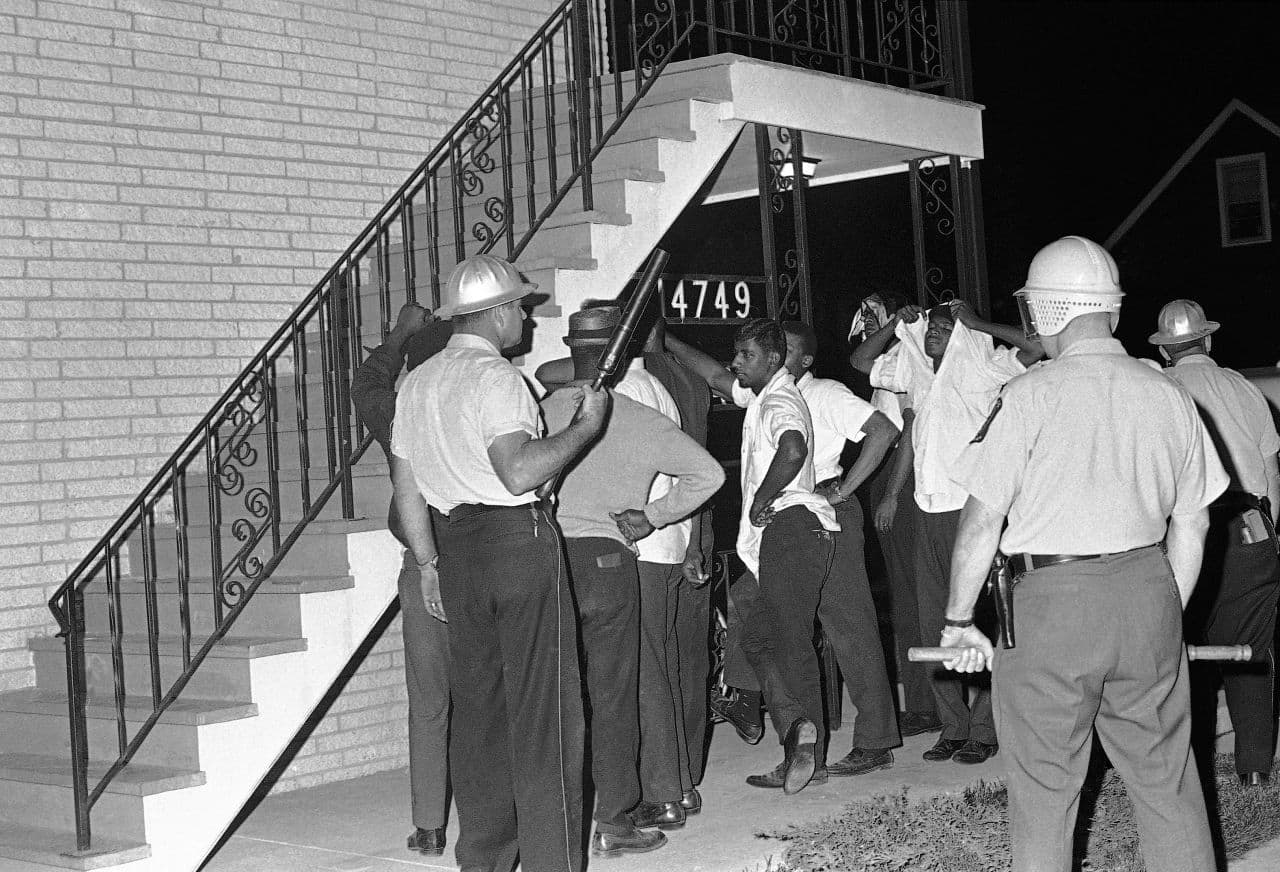
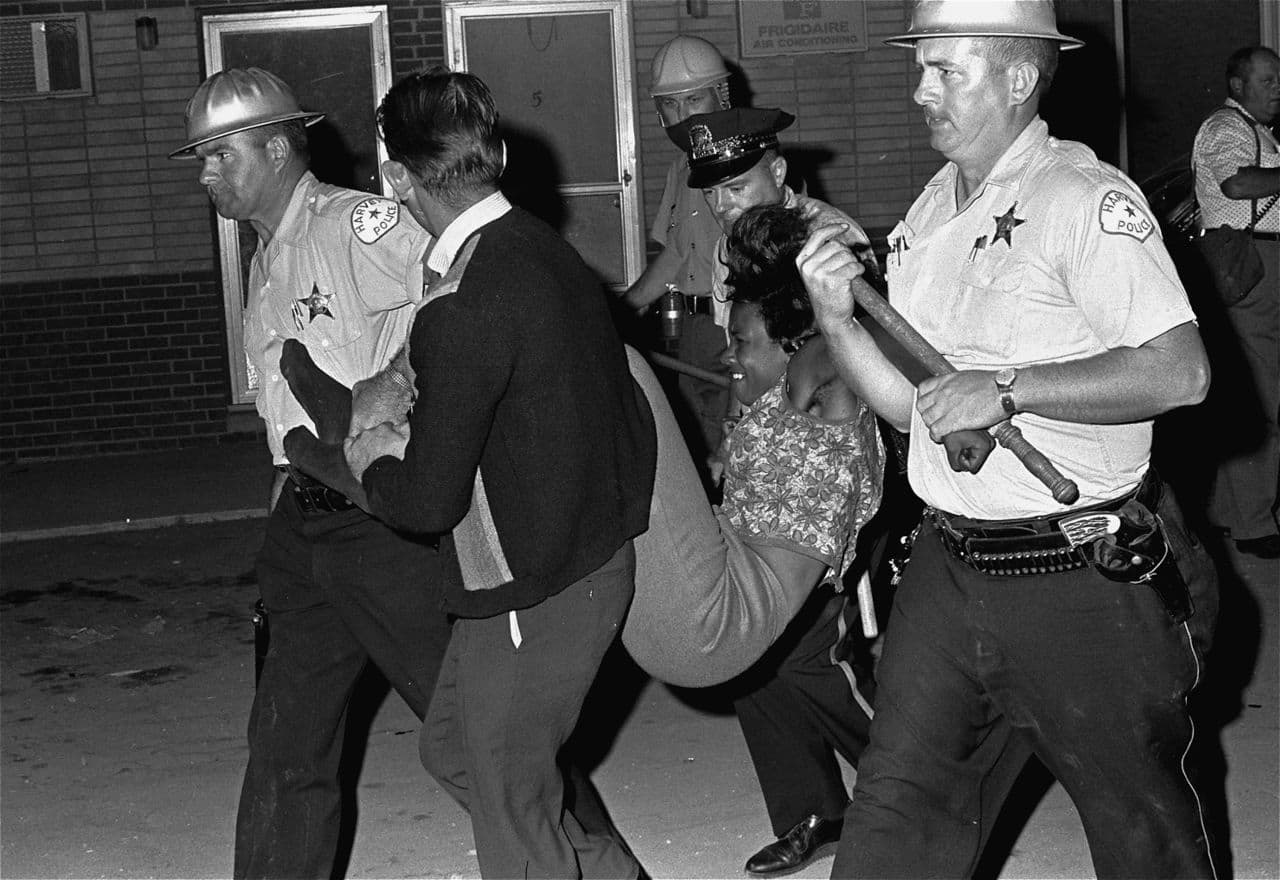
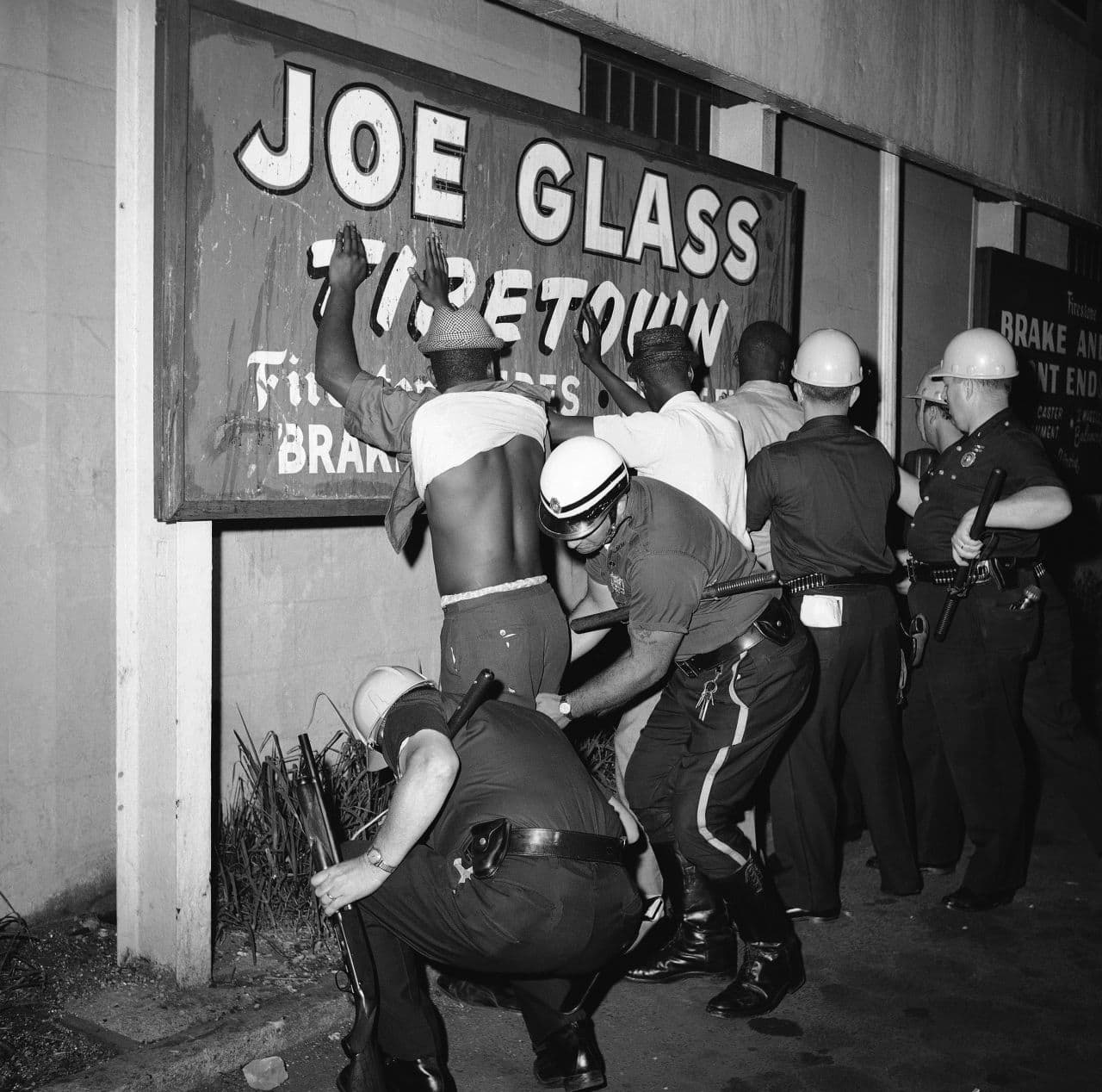
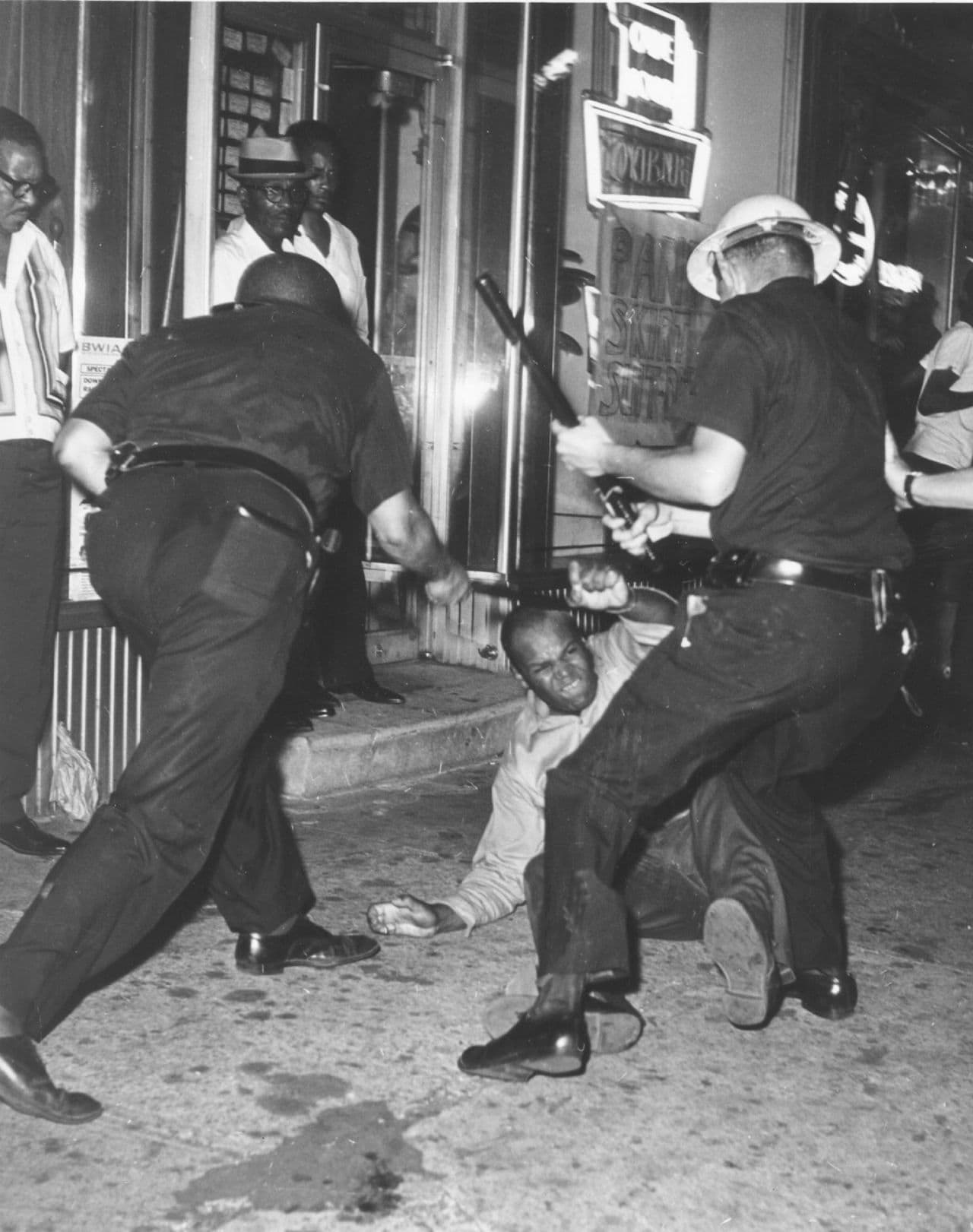
This segment aired on June 8, 2016.